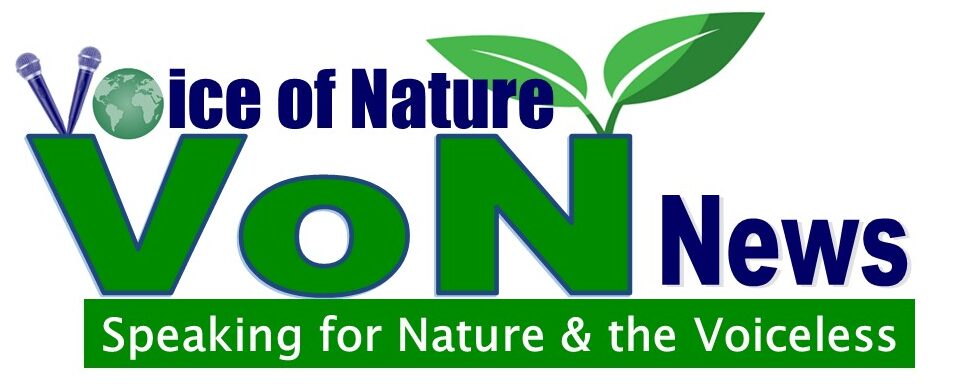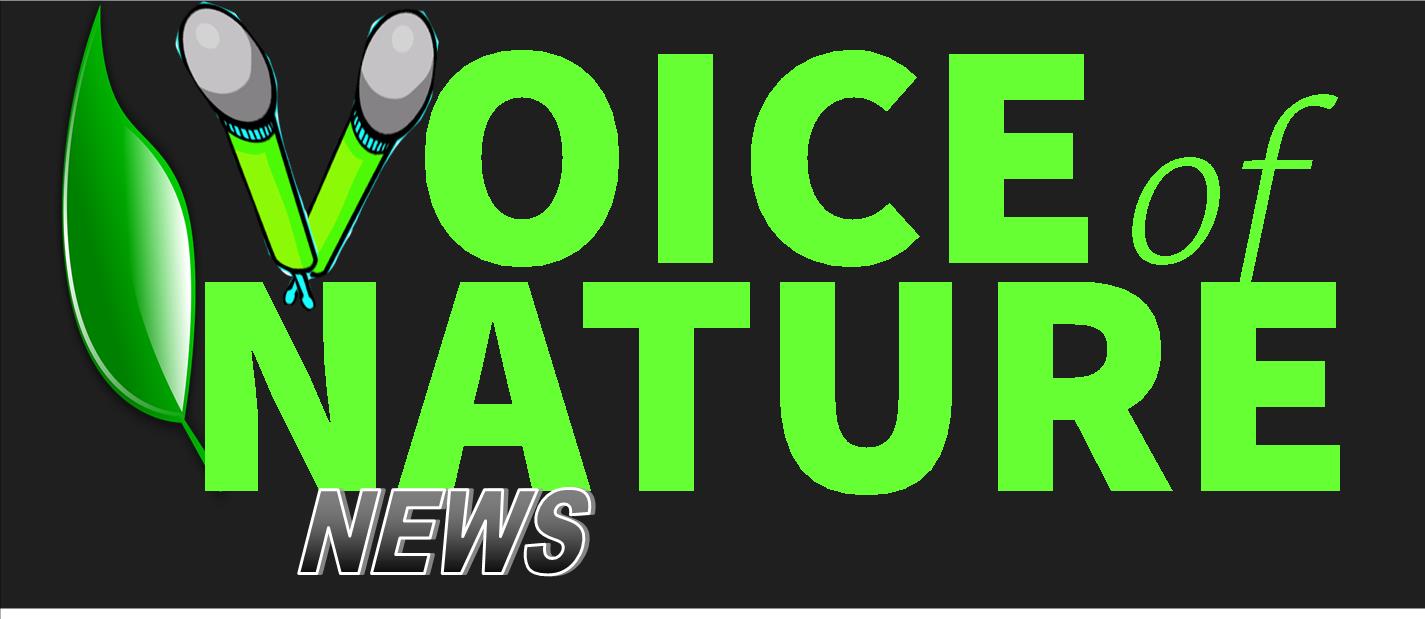Transparency International last 2017 ranked Cameroon fourth most corrupt country in the world, down from the first position in 1999, 2000 and 2012. As disgusting as this statistics may appear, corruption remains a very big maggot in Cameroon, a maggot that has transcended all other sectors of the country, and is now eating deep into the biodiversity conservator sector.
Speaking with the Sub-Director of Wildlife at the Ministry of Forestry and Wildlife, Sambou Mamballa, recently, he underscored the fact that fighting illegal wildlife trafficking in Cameroon is a very great challenge. He said most of those involved in these illegal practices are well connected and always buy their way out even when indicted.
This assertion has been corroborated by The Last Great Apes Organisation (LAGA) Cameroon 2017 Annual Report. According to the report, LAGA recorded 85% bribing attempts during field arrest operations, and more than 80% of all court cases within the legal system in 2017. This report noted that most of the corruption attempts were immediate and to wildlife officials taking statements and writing complaint reports.
In this report, LAGA disclosed that in about 5 of such cases attempts were made at stopping the prosecutorial process by offering bribes, peddling of influence and bringing pressure to bare but all met with resistance. “Corruption attempts started as early as January when two Chinese nationals were about to be arrested and they understood the situation. Immediately, they set out possibilities for negotiation and tried to use their Cameroonian workers to talk to arresting team members. Although corruption was resisted at this state, it seems the Chinese did not lose faith in their ability to influence the judicial process and later proceedings showed this could have been carried out successfully. In the later stages of the judicial process, wildlife officials had to ask that the matter be tried by a college of judges,” the report read in part.
LAGA also revealed that last January 2017, some two traffickers were arrested with carved ivory pieces, zebra and leopard skins. Law enforcement officials establishing the complaint report came under pressure from family members of the traffickers who proposed money for the abandonment of the process. This according to the report, failed and they thought contacting LAGA members present could be the solution, so they approached but failed.
The LAGA 2017 Annual Report disclosed that in May 2017, some two traffickers were arrested with two ivory tusks and a “wildlife official in the ministry attempted to get their release by applying pressure on his colleague to abandon the procedure but this failed”. Another law enforcement official (a policeman), according to the report, attempted releasing another arrested trafficker in June when he was arrested for leopard skin and pangolin scales trafficking. “The policeman, who is a brother to the trafficker, requested the assistant superintendent who was in charge of the matter to close the case for an amicable arrangement but he failed,” the report continued.
Another case of corruption captured by LAGA was last October 10, 2017. Still, in her 2017 Annual Report, LAGA divulged that on this day, two were arrested for trafficking in 50kg pangolin scales in Ebolowa. As wildlife law enforcement officials set out establishing the offense report at the police station, they received pressure from the trafficker’s brother, who is a policeman. The policemen according to this report suggested to the wildlife officials to find a way to stop the matter at his level but the wildlife officials and police handling the matter stood their ground.
Still in October 2017, the organisation’s report holds that when some leopard skin traffickers were arrested in Bangangte, the state counsel who received the case immediately came under intense pressure from the family of the traffickers including some traditional notables and community members to release one of them and they succeeded in getting the state counsel to release him despite vociferous arguments and complaints by LAGA.
One month after according to LAGA’s report, a police arrested three people with 158 ivory tusks, over 1000kg of pangolin scales and hundreds of parrot parts, and one of the trafficker’s brother who is an army general started mounting pressure for the matter to resolved at that level. This fell on deaf ears as police stood firm and, pursued the process that went to the level of the state counsel who decided to release them on bail.
LAGA in this report equally highlights other instances where outright obstructive tactics and maneuvers were made by some wildlife officials not to take part in operations or to sabotage operations. “This was the case in the North Region where despite good investigations leading to enough evidence of an elephant ivory trafficking ring about 40km from the regional capital Garoua, the North Regional Delegate deployed obstructive procedures and finally an operation could not be carried out,” part of the report reads.
The corruption menace has in fact eaten even deeper into the country’s system obsessing even Government officials that are supposed to be tracking down illegal traffickers and bringing them to justice. This has posed corruption as an even bigger threat to biodiversity conservation in Cameroon than all other factors put together. There is thus, a need for a more aggressive mechanism to be put in place to support law enforcement and fighting corruption within this sector if species must be saved from extinction in Cameroon.
By. Bertrand Shancho Ndimuh







